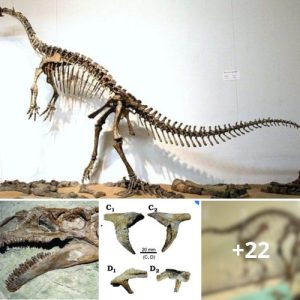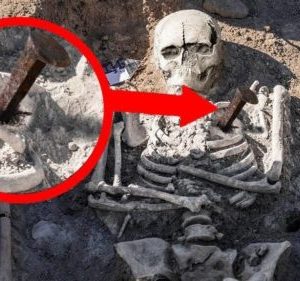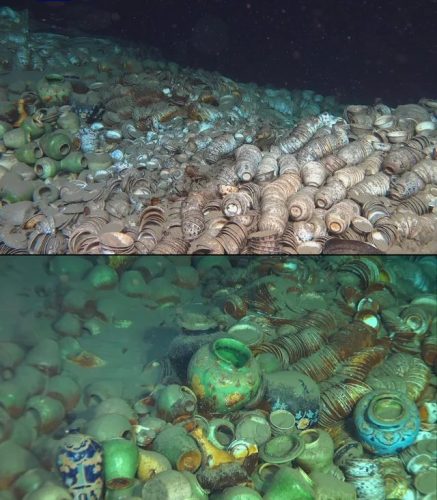
Deep-sea archaeological excavations represent an incredible journey into the past, revealing hidden treasures and historical insights from the depths of our oceans. Among the most exciting discoveries are the two Chinese shipwrecks, found in May 2023, resting at a depth of 1,500 meters in the South China Sea. These remarkable finds offer a unique opportunity to explore the technological methods used in deep-sea archaeological excavations, shedding light on the challenges, innovations, and scientific breakthroughs that make these discoveries possible.
The Depth Challenge
Excavating shipwrecks at 1,500 meters beneath the sea is no small feat. The pressure at such depths can be up to 150 times greater than at the surface, making traditional archaeological methods impractical. In addition to the depth challenge, there is also the issue of complete darkness, extreme cold, and the relentless corrosive effects of saltwater. To overcome these obstacles, advanced technological methods are crucial.
- Remote Operated Vehicles (ROVs)
One of the most critical tools for deep-sea archaeological excavations is the Remote Operated Vehicle, or ROV. ROVs are equipped with various instruments and cameras to capture high-definition images and video footage of the shipwreck sites. These remotely controlled machines can reach extreme depths and provide archaeologists with a close-up view of the shipwrecks and their contents without the need for human divers to physically descend to those depths.
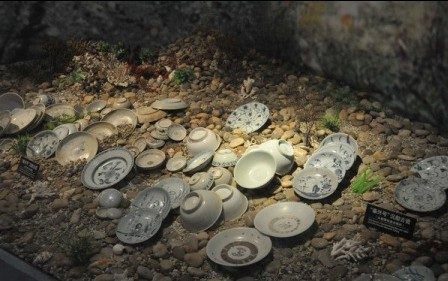
- Sonar and Mapping Technologies
Precise mapping of the underwater archaeological sites is essential for effective excavations. Advanced sonar systems help create detailed 3D maps of the shipwrecks and their surrounding areas. This mapping enables archaeologists to plan excavation strategies, locate artifacts, and minimize the risk of damage to the site during the recovery process.
- Dredging and Suction Equipment
Deep-sea excavations require specialized equipment for removing sediments and uncovering artifacts. Dredging and suction systems are used to carefully remove the layers of sediment that have accumulated over centuries. By precisely controlling the flow of water and sediment, archaeologists can uncover ceramics, ship components, and other valuable items without disturbing the site.
- Remote Sampling and Preservation
When artifacts are recovered, they must be preserved for study and display. In deep-sea archaeology, this process involves remotely controlled sampling and preservation tools. These tools allow for the careful retrieval and storage of artifacts under controlled conditions, ensuring their preservation and protection from further degradation.
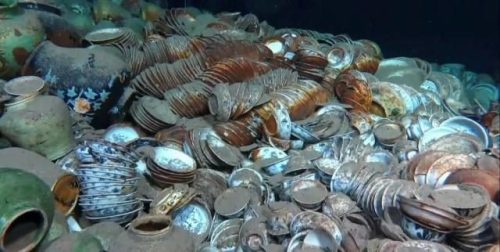
- Materials Science and Preservation
Deep-sea conditions can be harsh, and artifacts recovered from these depths often require specialized preservation techniques. Materials scientists work to develop preservation methods that can stabilize ceramics and other objects that have been exposed to extreme pressure, temperature, and saltwater corrosion.
- Digital Technologies and Data Analysis
Advances in digital technology have revolutionized the field of deep-sea archaeology. High-resolution imaging, 3D modeling, and data analysis tools help researchers reconstruct the shipwrecks and the artifacts they contain in incredible detail. These technologies aid in identifying the origin of ceramics, understanding cargo composition, and even revealing the structure of the ships themselves.
The excavation of more than 100,000 ceramics from two Chinese shipwrecks at a depth of 1,500 meters in the South China Sea in May 2023 showcases the incredible technological methods used in deep-sea archaeological excavations. Remote operated vehicles, sonar mapping, dredging equipment, remote sampling tools, materials science, and digital technologies have all contributed to making these excavations possible.
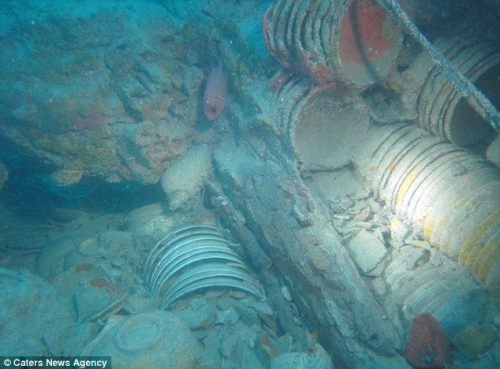
These technological advancements not only enable us to recover precious historical artifacts but also provide valuable insights into ancient maritime trade, culture, and technology. As we continue to explore the depths of our oceans, these methods will undoubtedly play a pivotal role in unraveling the mysteries of our maritime history and preserving our cultural heritage. Deep-sea archaeology is not just a window to the past; it’s a testament to human ingenuity in the quest for knowledge.

